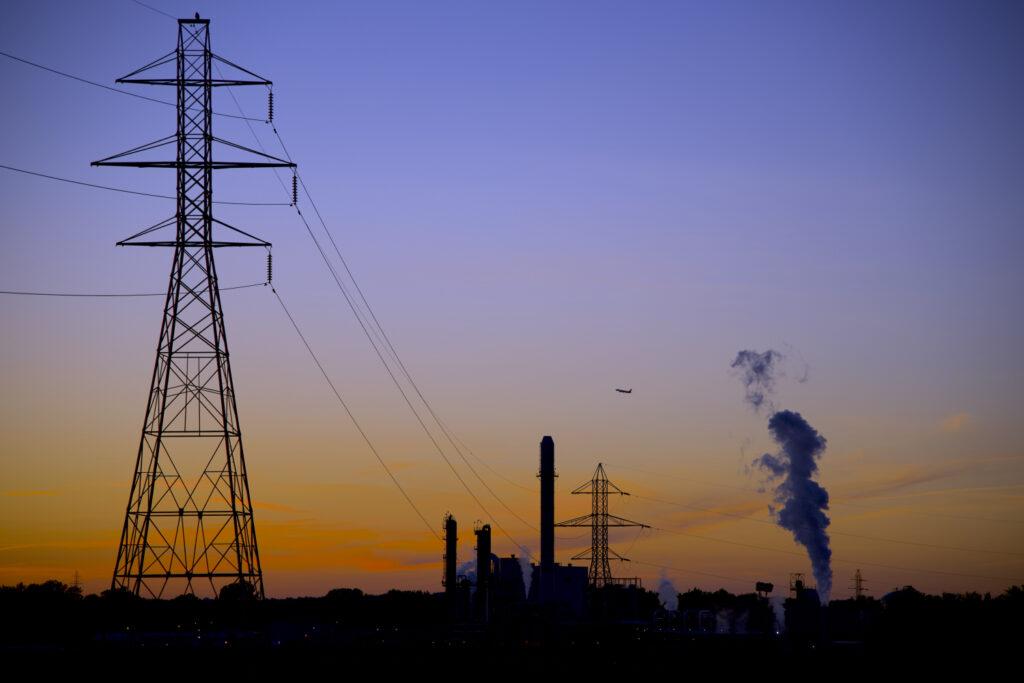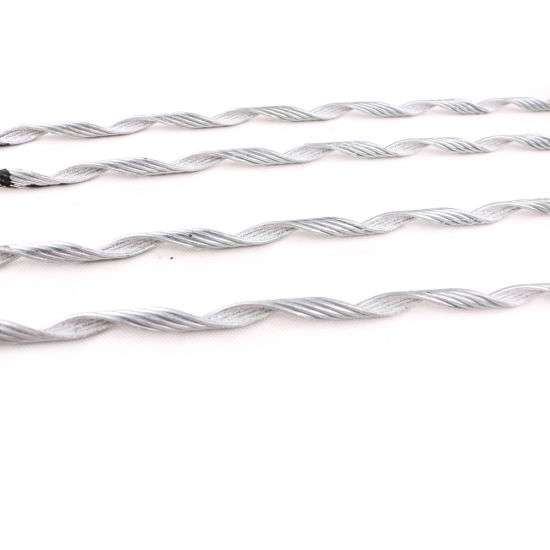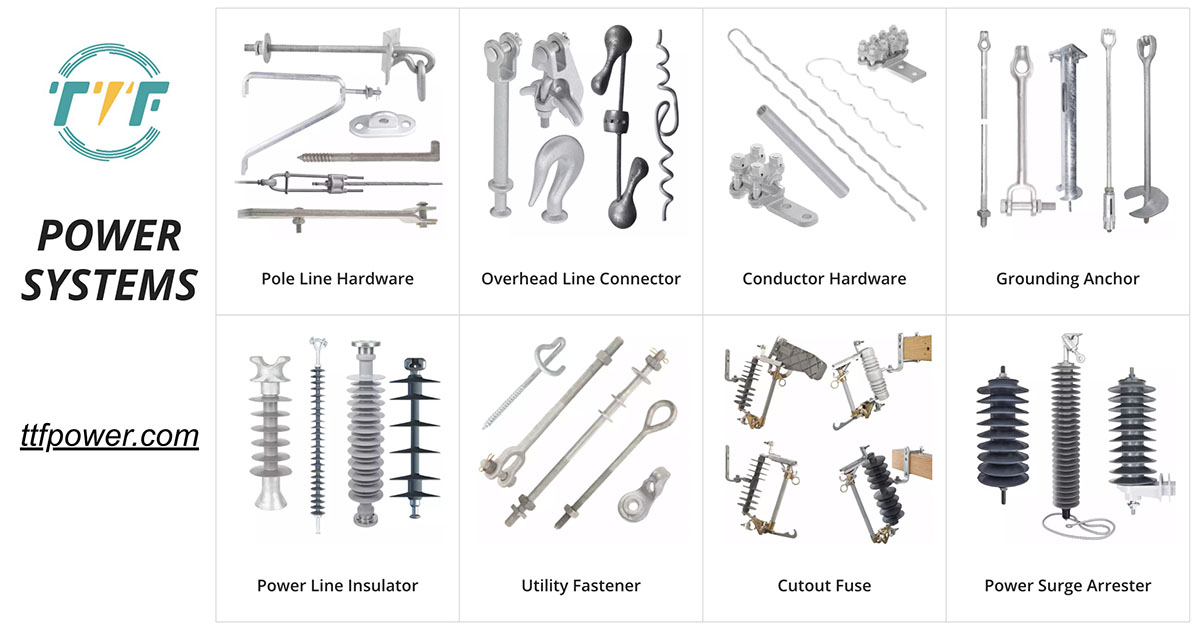
The establishment of power transmission lines in South America is essential for the generation, transmission, and distribution of power. Due to the variety of terrains in the area, which includes the Amazon rainforest and the Andes Mountains, the transmission of electricity is essential. High-voltage power lines make it easier to distribute power throughout these areas. Power lines assist in transmitting electricity through various types of land. In South America, they are also adopting renewable energy, smart grid technology, and regional integration to address transmission obstacles. Renewable energy can be incorporated into the grid for sustainability, reliability, and security. Ongoing advancements in grid technology and cooperation between countries will contribute to guaranteeing energy accessibility. Additionally, preformed wires can enhance the reliability and efficiency of the line. This is while also decreasing maintenance demands.
Preformed wires possesses a more polished exterior compared to conventional conductors. This leads to a decrease in the corona effect. Their stranded core offers higher durability and versatility in comparison to solid conductors. This also aids in lowering the chances of damage and enhancing the dependability of the power line. Utilizing preformed wire reduces the necessity for regular upkeep as the surface aids in preventing corrosion. Power lines in South America help connect grids throughout the region. This facilitates international electricity trading between nations such as Brazil, Chile, and Argentina. Integration assists in controlling the electricity flow from renewable energy sources. Let’s examine the significance of preformed wires in high-voltage power lines in South America.
Significance of preformed wires in power lines in South America
Wires made in advance is essential in building and up keeping power lines. These transmission lines cover varied terrain that necessitates strong, high-capacity power transmission. Wire that has been pre-formed can strengthen, shield, and uphold the power lines, offering many advantages. The cables are from materials that can endure the various weather conditions in the area. Preformed wires offer enhanced mechanical strength, vibration control, and corrosion resistance. In this way, they improve the efficiency and lifespan of transmission lines in harsh conditions. The significance of utilizing preformed wire in power transmission lines is as outlined below.

- Improved robustness and longevity – pre-shaped wires can enhance the strength of power lines. They have the ability to endure physical pressures such as wind, ice, and tension from the line. For example, power lines in the Andes region need to be able to endure high-altitude winds and seismic activity.
- Enhanced resistance to corrosion – wires are from materials such as aluminum, stainless steel, or galvanized steel. These materials offer corrosion resistance, thus prolonging the lifespan of the transmission lines. Therefore, they can endure the moist and salty conditions found in the area.
- Simple and safe installation – the preformed wires coil around the power conductor to ensure a tight fit without need for special equipment. This aids in decreasing the time needed for installation and also cuts down on labor expenses. Using pre-made wire speeds up the setup process and decreases the need for complicated machinery.
- Prevention of conductor damage is through the use of preformed wire, which offers extra protection for the conductors. This is by minimizing the impact of external forces on them. It assists in spreading mechanical loads along the conductor to reduce the chances of fractures.
- Preformed wire allows transmission lines to maintain their structural integrity in different environments due to their adaptability to various terrains. For instance, preformed wires can adjust to accommodate the varying environmental conditions in the Atacama Desert and the Andes mountains.
Varieties of power transmission lines found in South America.
Different types of power lines have been set up in South America to assist in their electricity generation. The power lines assist in meeting the region’s varied energy demands and overcoming geographical obstacles. These lines vary depending on the voltage levels, distance, and the type of terrain they go through. The different kinds of power transmission lines utilized in South America are as follows.

- High-voltage direct current (HVDC) lines serve in transporting electricity over extensive distances while minimizing energy wastage. They help to link faraway hydroelectric dams with remote urban and industrial locations.
- High-voltage alternating current lines (HVAC) send electricity over medium and long distances. These cables link power plants to local distribution grids and cities.
- Medium-voltage transmission lines ease the distribution of electricity from substations to local distribution networks serving small communities.
- Overhead power lines are the predominant types of lines utilized in South America. They consist of towers that hold up electrical conductors off the ground. Transmission lines above connect solar farms to the national network.
